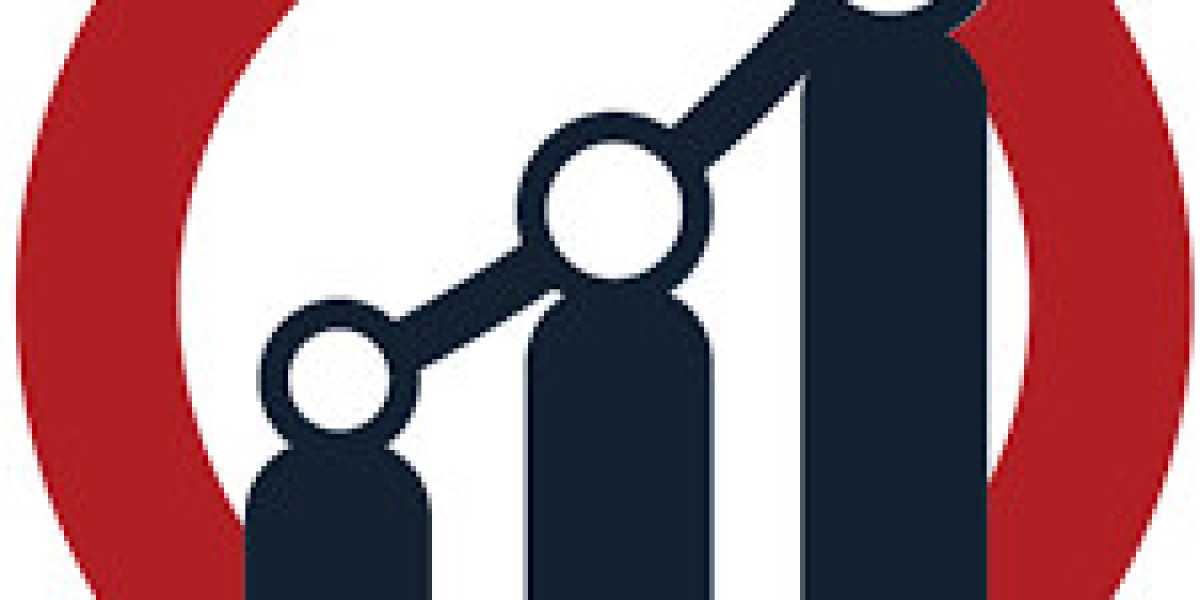Assembly line solutions Industry are a set of technologies, equipment, and methodologies designed to streamline and automate the production process in manufacturing environments. These solutions aim to improve productivity, reduce errors, enhance quality, and minimize operational costs by optimizing the sequential assembly of products.
What Are Assembly Line Solutions?
Assembly line solutions encompass hardware such as conveyors, robotic arms, sensors, and control systems, as well as software platforms for process management and monitoring. They integrate automation, robotics, and data analytics to create efficient workflows tailored to specific product requirements and manufacturing scales.
Types of Assembly Line Solutions
Manual Assembly Lines: Rely primarily on human labor supported by ergonomic tools and fixtures.
Semi-Automated Lines: Combine manual operations with automated equipment like conveyors and pick-and-place robots.
Fully Automated Lines: Use robotics, programmable logic controllers (PLCs), and automated guided vehicles (AGVs) for end-to-end production with minimal human intervention.
Key Technologies
Robotics and Automation: Robotic arms for welding, painting, fastening, and material handling increase speed and precision.
Conveyor Systems: Transport parts and subassemblies efficiently between workstations.
Sensors and Vision Systems: Monitor product quality and alignment, enabling real-time defect detection.
IoT and Data Analytics: Collect and analyze production data to optimize workflows and predict maintenance needs.
Benefits
Increased Productivity: Automated processes significantly boost production rates.
Improved Quality Control: Consistent, repeatable operations reduce defects.
Cost Reduction: Lower labor costs and reduced waste enhance profitability.
Flexibility: Modular assembly lines can be reconfigured for different products or volumes.
Enhanced Safety: Automation reduces worker exposure to hazardous tasks.
Applications
Automotive Manufacturing: Assembly lines for engine building, chassis assembly, and painting.
Electronics Production: Precision assembly of circuit boards, smartphones, and consumer devices.
Food and Beverage: Packaging and processing lines ensuring hygiene and speed.
Pharmaceuticals: Automated filling, capping, and labeling for strict compliance.
Challenges
High Initial Investment: Implementing advanced assembly line solutions requires significant capital expenditure.
Complex Integration: Synchronizing diverse equipment and software can be difficult.
Skilled Workforce Requirement: Operators and maintenance personnel need specialized training.
Maintenance and Downtime: Automated systems require regular upkeep to prevent production stoppages.
Future Trends
Collaborative Robots (Cobots): Robots working alongside humans to enhance flexibility and efficiency.
AI-Driven Optimization: Using artificial intelligence to dynamically adjust assembly line parameters for maximum output.
Digital Twins: Virtual replicas of assembly lines to simulate and optimize operations before physical changes.
Sustainability Focus: Solutions aimed at minimizing energy consumption and material waste.
Conclusion
Assembly line solutions are fundamental to modern manufacturing, enabling companies to meet growing demands for quality, speed, and customization. By embracing automation, data analytics, and flexible technologies, manufacturers can transform their production processes to achieve greater efficiency and competitiveness in a rapidly evolving marketplace.
Read More
| Wireless Pressure Sensor Market |
| Discrete Capacitor Market |
| Flame Spectrometers Market |
| Micro Machined Flow Sensor Market |
| Strain Gauge Sensor Market |







